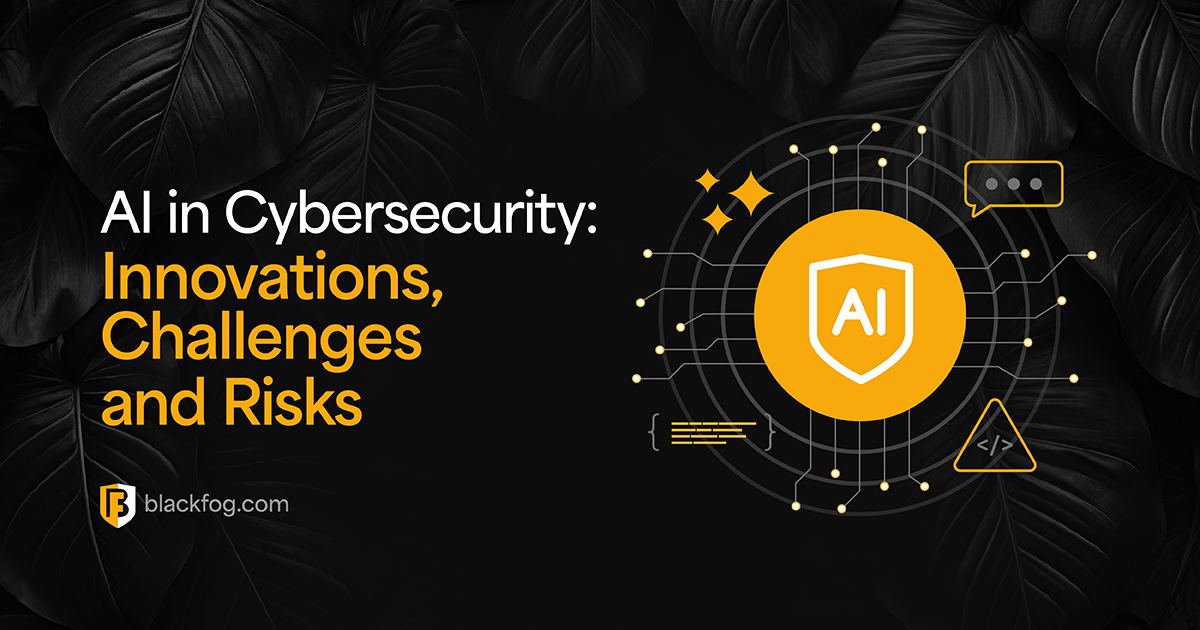
Few could argue the impact that social media has had on our daily lives. Whilst once a platform for sharing updates and photos amongst family and friends, today’s users ‘live out loud’, often oversharing details of their private lives through Facebook, Instagram, Snapchat and Twitter. There are now around 2.77 billion social media users globally, each spending around 135 minutes per day on their channels. Whilst it’s clear that this trend for ‘living out loud’ isn’t showing any signs of slowing down just yet, users are becoming more aware of the privacy issues that have come to the forefront, as these once inherently trusted platforms face scrutiny for their misuse of personal data.
Under the microscope in particular is Facebook, which has had no shortage of PR disasters and negative headlines over the years. Issues of user privacy and the mishandling of data became major news when the Cambridge Analytica scandal broke in 2018, but in fact, Facebook’s privacy issues date back to 2006 when they debuted their ‘News Feed’ feature, annoying many of their 8 million users at the time.

Following the fallout of the Cambridge Analytica scandal we might expect that Facebook would be more mindful about how it protects its users and treats their data. However, it was recently revealed that a European Data Privacy office has 15 open investigations involving multi-national tech companies, 10 of which relate to Facebook or its subsidiaries including WhatsApp and Instagram.
Beyond the misuse of data and privacy issues mentioned above, users also need to be aware of the role that social media is playing in cybercrime. Social networking’s tremendous growth has created a breeding ground for hackers. Cyber criminals are constantly looking for new ways to evade detection, often using social media to gain intelligence on unsuspecting users or to steal images to aide with impersonation scams and garner credentials.
Social media platforms are also a major source of malware distribution, with research from the University of Surrey stating that up to 40 percent of malware infections on social media come from advertising, with at least 30 percent coming from plug-ins and apps, many of which are designed to lure users in by offering additional functionality or special deals.
Despite the privacy and data issues being reported on a frequent basis, people continue to place their trust in these social media giants. Unwittingly falling prey to a cybercrime can be as easy as clicking the ‘like’ button on Facebook or clicking a seemingly innocent ad. In fact, social media platforms contain up to 20 percent more ways malware can be delivered to users – e.g. through adverts, shares, plug-ins – than comparable sources, such as ecommerce, digital media or corporate websites, so users need to be extra vigilant when using these channels.
Organizations are also placing themselves at risk by allowing employees to access these platforms at work or on company devices. Recent research reveals that one in five organizations have been infected with malware distributed via social media. An attack, even if targeted at a home user can still have a significant negative impact on a company, so these risks cannot be ignored.
Despite the negative news surrounding social media, it’s evident we haven’t fallen out of love with Facebook and Twitter just yet. The number of worldwide users continues to grow each year. The reality is that most of us will continue to use social media regardless of the risks and potential threats they present. Individuals and organizations need to be aware that they cannot rely on social media providers to keep their data private and protect them from cyber threats.
The focus must be on mitigating the risks and reducing vulnerability while using these platforms. Adopting a preventative multi-layered approach to security, focused on preventing data loss, data profiling and data collection is essential. This ensures maximum protection against today’s sophisticated cyber threats, giving users confidence that their data is secure, and their privacy is intact.
Related Posts
How to Prevent Ransomware Attacks: Key Practices to Know About
Are you aware of the differences between data privacy vs data security that may impact how you develop a comprehensive protection strategy
AI in Cybersecurity: Innovations, Challenges and Future Risks
AI will be the next evolution for cybersecurity solutions: What innovations and issues could this present to businesses?
AI-Powered Malware Detection: BlackFog’s Advanced Solutions
Find out everything you need to know about the importance of stopping data theft and the potential consequences of failure.
Texas Tech Cyberattack: 1.4M Records Compromised
The Texas Tech security breach exposed sensitive data of 1.4 million patients. Learn how attackers gained access, the impact on victims, and key lessons for cybersecurity best practices to prevent future educational institutions data breaches.
The 7 Most Active Ransomware Groups of 2024
A comprehensive overview of the top ransomware groups in 2024, looking at their methods, breaches, and industry impacts with detailed technical insights.
Continuous Data Protection: Benefits and Implementation Strategies
What are the key things businesses need to know about ransomware removal and recovery?






